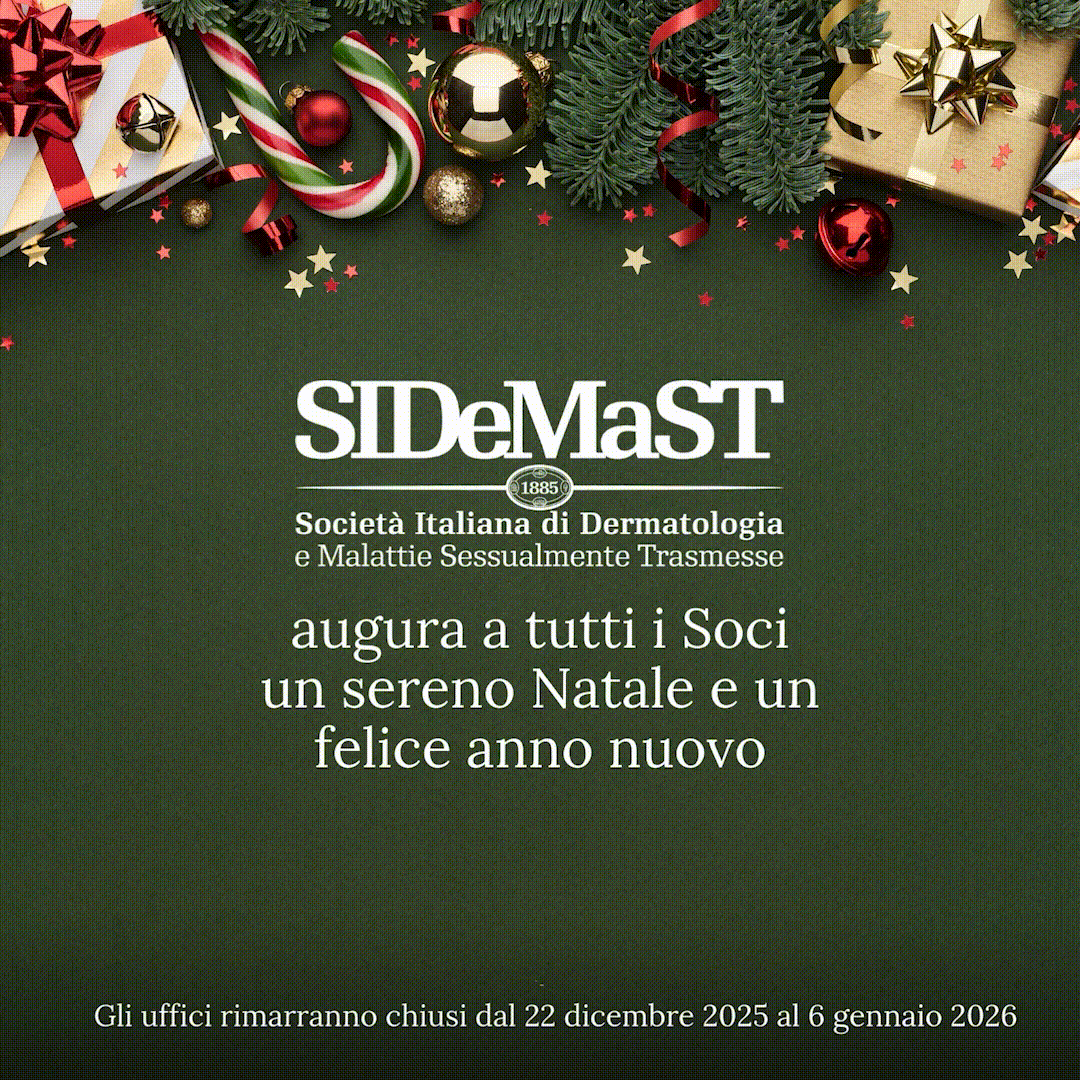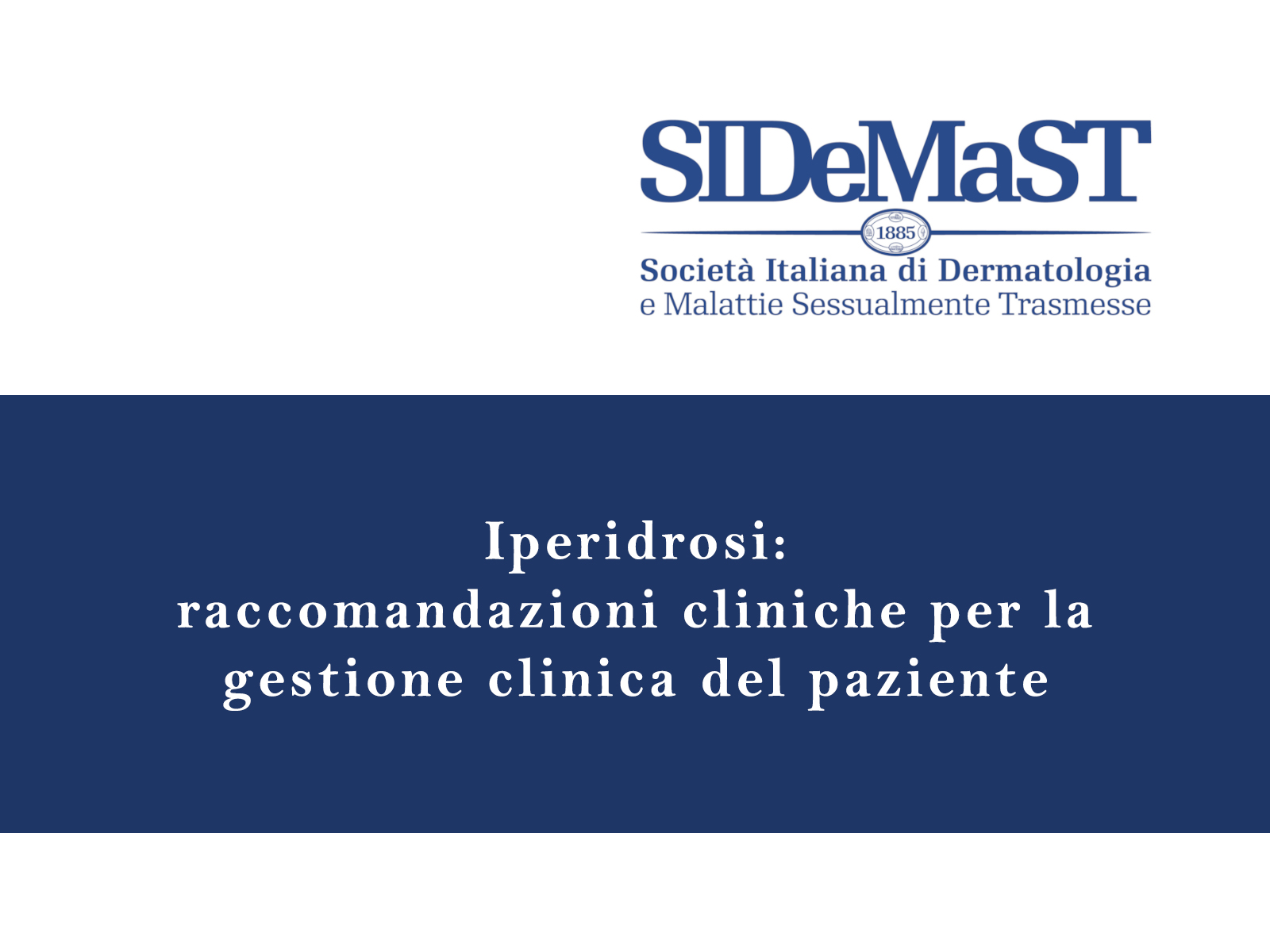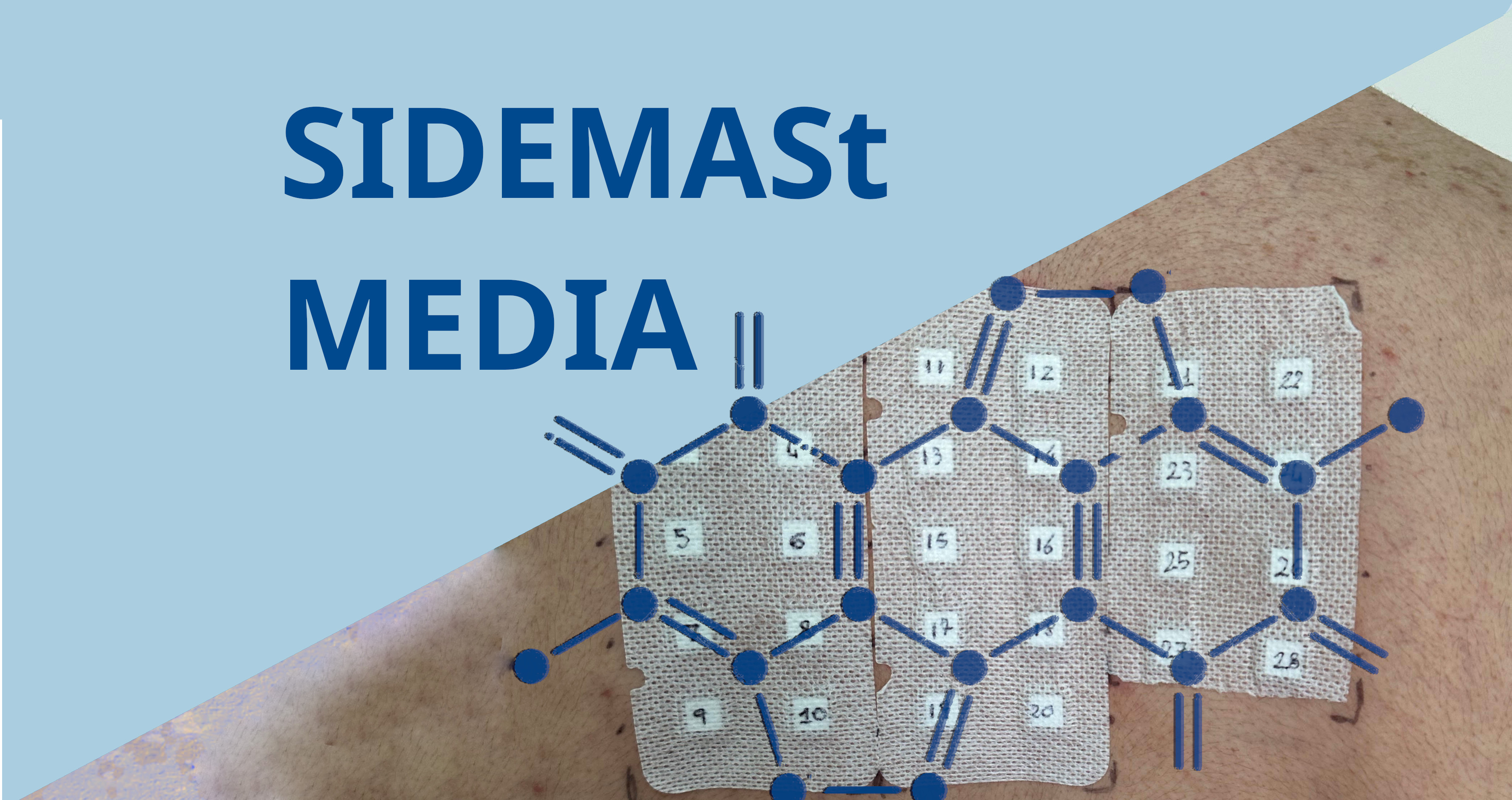A combination of 2 topical drugs that have been in use for years triggers a robust immune response against precancerous skin lesions, according to a study published in the Journal of Clinical Investigation.
The research shows that the investigational treatment -- comprised of a cream formulation of 5-fluorouracil and calcipotriol -- activates the immune system's T cells, which then attack the abnormal skin cells.
"We looked at precancerous lesions on patients with sun-damaged skin," said Lynn A. Cornelius, MD, Washington University, St. Louis, Missouri. "Most commonly found on the face, scalp and arms, these lesions appear abnormal by visual examination and under the microscope but are not full-blown skin cancers. But because these lesions have the potential to develop into a true skin cancer, they are commonly treated. Our study shows this combination therapy is more effective and better tolerated than current treatment practices."
On average, the investigational therapy reduced the number of precancerous skin lesions on the face by almost 88% compared with a 26% reduction using the standard chemotherapy.
While some side effects such as skin scaling and itching were similar with both treatments, patients receiving the investigational therapy reported more redness and increased burning sensations, which are consistent with the immune response it triggers.
Interestingly, although not specifically measured, patients who had been treated previously with conventional therapies reported decreased pain and discomfort with the combination treatment.
"The idea behind this study was to induce a heightened immune response in the skin using calcipotriol combined with the 5-fluorouracil that works to destroy the precancerous cells," explained Dr. Cornelius. "In doing so, the destroyed precancerous cells release cell proteins, or antigens, and facilitate the heightened immune system to respond. We compared the 2-drug formulation to 5-fluorouracil alone over a shorter application period -- 4 days as opposed to 2 to 4 weeks that is typical for the standard treatment of 5-fluorouracil alone."
The current study involved 132 patients with actinic keratosis treated at Washington University School of Medicine. Patients were randomised to receive the investigational drug combination or the standard 5-fluorouracil plus petroleum jelly. Patients applied the assigned cream twice daily for 4 days.
Patients in the investigational and control groups began the trial with similar numbers of precancerous lesions on each part of the body examined. At each body site evaluated, there were on average about 15 lesions on the face, 22 lesions on the scalp, 14 lesions on the right arm, and 12 on the left arm.
On the scalp, lesions were reduced by 76% in the investigational group compared with about 6% for the control group. On the right arm, the reduction was 69% for the investigational treatment versus about 10% for the control group. On the left arm, the precancerous lesions were reduced by 79% vs 16%, respectively.
"Because calcipotriol has been shown to induce an immune response, we are now interested in seeing if the anti-tumour immunity of the activated T cells can be recalled later to help prevent both precancerous and cancerous skin lesions," said Dr. Cornelius. "We are now planning to re-contact our patients to determine whether there are differences in precancerous and skin cancer rates between the 2 treatment groups."
SOURCE: Washington University School of Medicine









